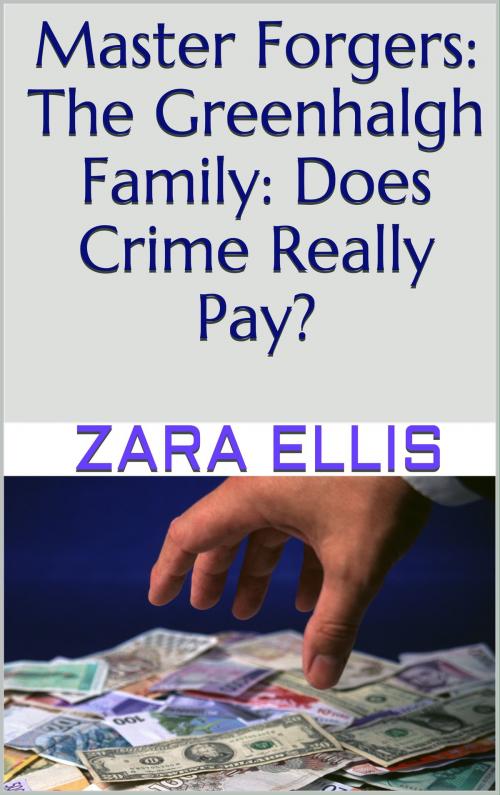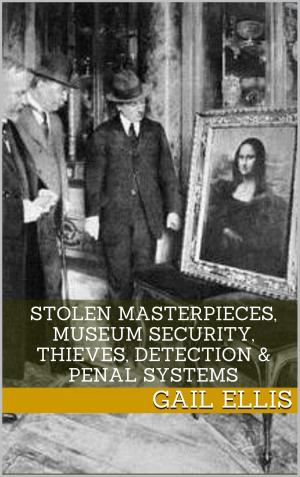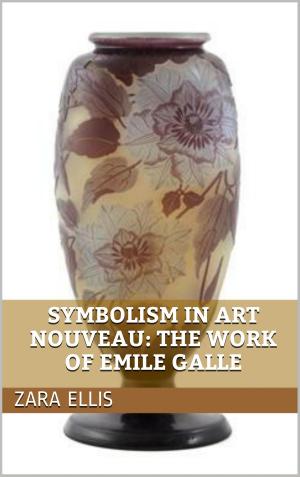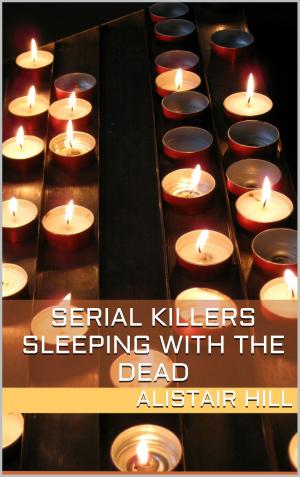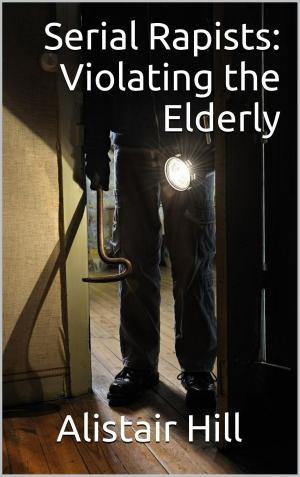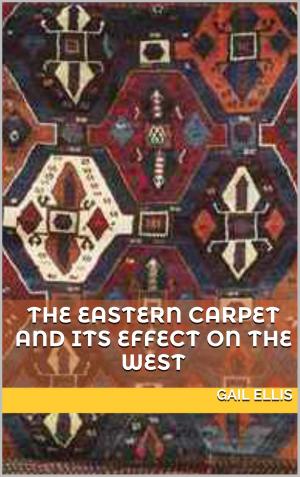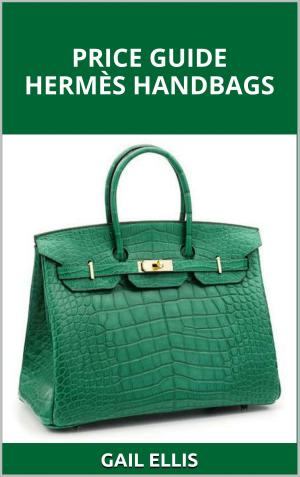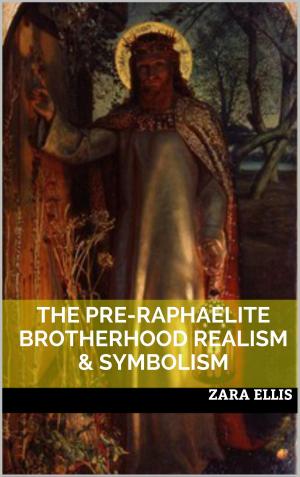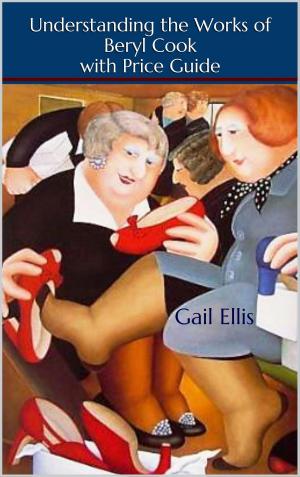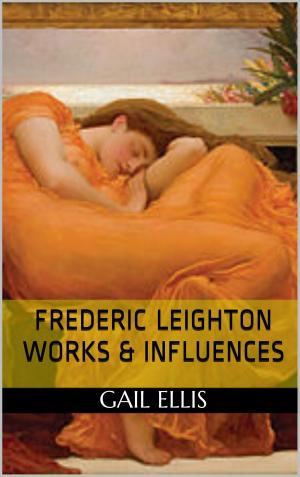Master Forgers: The Greenhalgh Family: Does Crime Really Pay?
Nonfiction, History, Reference, British, Social & Cultural Studies, True Crime| Author: | Zara Ellis | ISBN: | 9781909827172 |
| Publisher: | Book Treasury | Publication: | December 11, 2015 |
| Imprint: | Language: | English |
| Author: | Zara Ellis |
| ISBN: | 9781909827172 |
| Publisher: | Book Treasury |
| Publication: | December 11, 2015 |
| Imprint: | |
| Language: | English |
This eBook delves into the fascinating world of art forgery and the mysterious ways in which the Greenhalgh family of Bolton, Lancashire operated one of the longest running art frauds spanning almost 18 years. Olive Greenhalgh and her wheelchair-bound husband George, appeared very much like any other elderly couple. They lived in their council house and went about their day to day lives like most people of their age. But behind closed doors the unassuming pair was hatching Britain's biggest conspiracy of fake art and antiquities worth millions of pounds.
On the 16th November, 2007, George, his wife Olive and their Son Shaun stood before the judge and confessed to conspiring to defraud museums and private collectors during their eighteen year span and laundering the money that they had made from their criminal acts. Shaun Greenhalgh aged 47 and the leader was jailed for four years eight months and his mother Olive aged 82 received a 12 month sentence suspended for two years for her role in the swindle. George Greenhalgh aged 84 received a 12 month suspended sentence mainly due to his age sentence and after medical tests were undertaken. Much disagreement surrounds this case as many people believe the sentences did not reflect the enormity of their crimes.
The family were said to have made millions from their crimes and bank statements showed that they had made at least £850,000. The police believe that the total may be closer to two million pounds yet they only had assets of £404,250, most of which remained untouched in their high street bank accounts. Naturally the judge ordered the money from this account to be confiscated. So what happened to the rest of the money? The family lived in a modest end terraced council house therefore they did not buy property with the monies that they received from the crimes. When the house was searched they didn’t even own a computer and appeared to be living in relative poverty. They did not travel abroad. Olive had never even travelled outside of the Bolton area. On the whole it appeared that they were not motivated by money at all. Could it have been that Shaun was thus motivated by his frustrated talent as an artist and inspired by ambition? This would appear to be the reasons but there is still a vast amount of the money raised from these forgeries that is unaccounted for so financial gain cannot be eliminated as an excuse for committing the frauds. Given this knowledge and that their sentences did not reflect the magnitude of the crime we are left with an important question amongst many others – Does Crime Really Pay?
This eBook delves into the fascinating world of art forgery and the mysterious ways in which the Greenhalgh family of Bolton, Lancashire operated one of the longest running art frauds spanning almost 18 years. Olive Greenhalgh and her wheelchair-bound husband George, appeared very much like any other elderly couple. They lived in their council house and went about their day to day lives like most people of their age. But behind closed doors the unassuming pair was hatching Britain's biggest conspiracy of fake art and antiquities worth millions of pounds.
On the 16th November, 2007, George, his wife Olive and their Son Shaun stood before the judge and confessed to conspiring to defraud museums and private collectors during their eighteen year span and laundering the money that they had made from their criminal acts. Shaun Greenhalgh aged 47 and the leader was jailed for four years eight months and his mother Olive aged 82 received a 12 month sentence suspended for two years for her role in the swindle. George Greenhalgh aged 84 received a 12 month suspended sentence mainly due to his age sentence and after medical tests were undertaken. Much disagreement surrounds this case as many people believe the sentences did not reflect the enormity of their crimes.
The family were said to have made millions from their crimes and bank statements showed that they had made at least £850,000. The police believe that the total may be closer to two million pounds yet they only had assets of £404,250, most of which remained untouched in their high street bank accounts. Naturally the judge ordered the money from this account to be confiscated. So what happened to the rest of the money? The family lived in a modest end terraced council house therefore they did not buy property with the monies that they received from the crimes. When the house was searched they didn’t even own a computer and appeared to be living in relative poverty. They did not travel abroad. Olive had never even travelled outside of the Bolton area. On the whole it appeared that they were not motivated by money at all. Could it have been that Shaun was thus motivated by his frustrated talent as an artist and inspired by ambition? This would appear to be the reasons but there is still a vast amount of the money raised from these forgeries that is unaccounted for so financial gain cannot be eliminated as an excuse for committing the frauds. Given this knowledge and that their sentences did not reflect the magnitude of the crime we are left with an important question amongst many others – Does Crime Really Pay?
